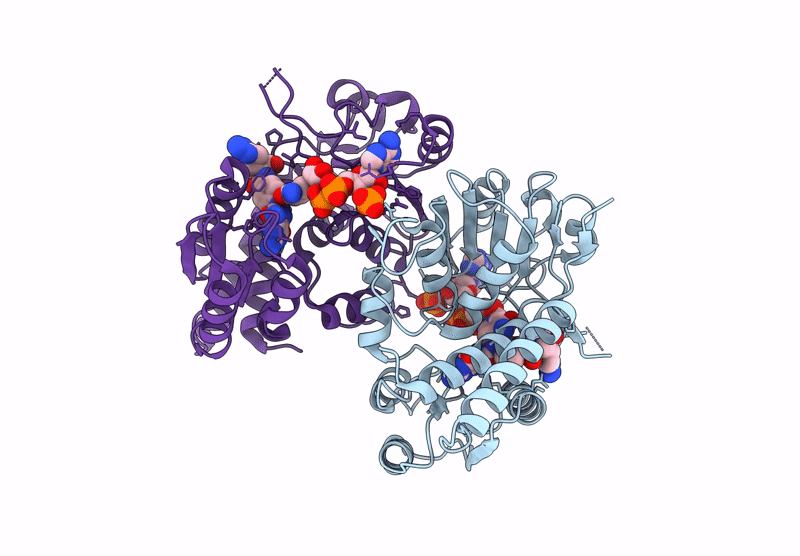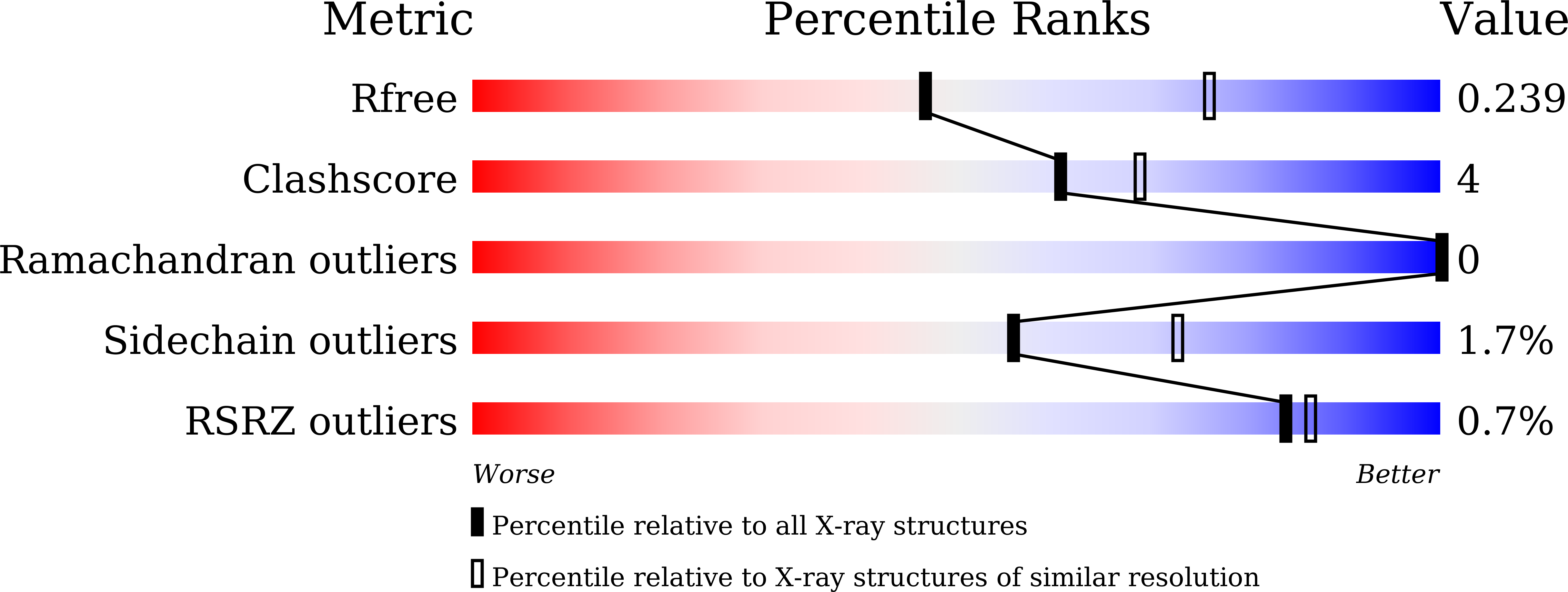
Deposition Date
2024-07-17
Release Date
2025-01-01
Last Version Date
2025-01-01
Method Details:
Experimental Method:
Resolution:
2.54 Å
R-Value Free:
0.23
R-Value Work:
0.19
R-Value Observed:
0.19
Space Group:
P 65


